

Read Time:
12
Minutes
Innovation @ Ntegra
September 22, 2025
2025 Innovation Predictions: The Future of Technology and Disruption
As we enter 2025, the pace of technological advancement is accelerating, bringing both opportunities and challenges for businesses, governments and individuals. From the rise of agentic AI to breakthroughs in quantum computing, this year promises to reshape industries and transform the way we interact with technology.
At the heart of the Ntegra Innovation Programme is our annual flagship Silicon Valley Tech Summit (SVTS), where we analyse investment trends and experience live demonstrations of cutting-edge innovations from Silicon Valley’s leading start-ups. By engaging with top venture capital firms, we enhance our expertise, enabling us to better guide clients in shaping digital strategies and adopting next-generation technology solutions.
On the 29th of January, Ntegra welcomed a select group of tech enthusiasts and business leaders to a carefully curated webinar. Together, we explored the transformative trends poised to reshape industries in the year ahead.
Let's take a deeper look...
AI Still Dominates Innovation
- The Race for Model Dominance
The race for AI supremacy is intensifying as tech giants and emerging start-ups compete to dominate the rapidly evolving landscape of artificial intelligence. Companies like OpenAI, Google, Anthropic, Mistral and Meta are engaged in a high-stakes battle to develop the most advanced AI models, with each iteration pushing the boundaries of reasoning, multi-modal capabilities and real-time adaptation.
But we expect there to be several strategic shocks to the technology landscape this year as organisations and nations surprise competitors by unveiling and even “open-sourcing” powerful new models. The competition extends beyond raw model performance—scalability, efficiency, cost-effectiveness and ethical considerations are becoming key differentiators. DeepSeek may be the first shock of the year, with Marc Andreessen describing this as “AI’s Sputnik Moment”; the wake-up call to the Western tech sector highlighting market fragility.
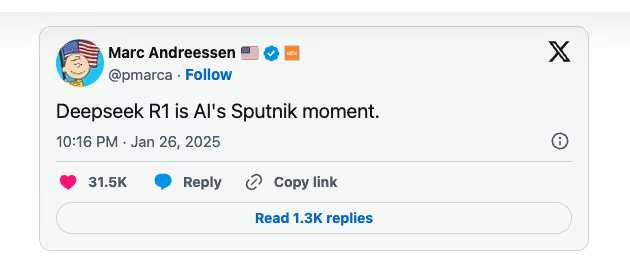
Within weeks of DeepSeek’s strategic release of reasoning model R1, alternative models have surfaced, challenging its dominance and accelerating the race for AI supremacy. This relentless pace underscores a broader shift—where breakthroughs are no longer isolated events but part of a continuous cycle of disruption. As more organisations push the boundaries of open-source and proprietary advancements, the battle for technological leadership is only intensifying. The fascinating thing is that there is probably no other technology that makes such giant leaps from "deep tech" research straight to the consumer.
- The Rise of Agentic AI and Multi-agent Systems
Given the ever-evolving nature of Artificial intelligence, there is no escaping its global market influence in 2025. We have already witnessed it go from simple, task-driven models to autonomous, decision-making AI agents. Unlike traditional AI systems, which rely on human prompts and oversight, agentic AI can independently assess situations, make decisions, and execute tasks using environmental data and iterative workflows.
- Today’s AI agents are primarily built by integrating large language models (LLMs) into structured workflows. However, 2025 will also see a revolution in image and audio processing, allowing AI to interact more naturally with the world around us.
- Multi-agent AI systems—where multiple AI agents collaborate—are poised to improve efficiency, problem-solving and automation for both consumer and enterprise use cases.
Strategic takeaway for enterprises: Business Leaders at this point need to develop AI literacy and create AI strategies to stay ahead of the curve (or just keep up with it!); focusing on AI-powered automation, customer engagement and operational efficiencies.
AI trends that we expect to see accelerating in 2025
- Agentic Process Automation (APA): APA is the next evolution of traditional Robotic Process Automation (RPA), using AI agents to autonomously execute, optimise and adapt workflows with minimal human intervention. Unlike traditional automation, APA enables dynamic decision-making and continuous self-improvement.
- Multi-Modal AI: AI systems that process and integrate multiple types of data—such as text, images, audio, video and sensor inputs simultaneously. By combining modalities, AI can interpret data in ways that are closer to human reasoning.
- AI in Marketing & Content Generation: Generative AI will drive hyper-personalised content based on user behaviour, while chatbots and virtual assistants become more perceptive, adapting to tone, mood and intent.
- AI Trust, Risk and Security Management (AI TRiSM): AI TRiSM will be crucial for ensuring fairness, transparency and accountability in AI-driven decision-making. As organisations try to exploit the potential of AI, TRiSM tools will provide the guardrails for responsible adoption.
- No-Code Deployments: AI-powered tools will make it easier than ever to build and deploy intelligent systems without coding, empowering businesses to integrate AI seamlessly. We all want to harness the power of AI, and in 2025 it will be easier than ever.
The following chart from Silicon Valley Bank illustrates how AI has dominated investment 'mega-deals' over the last few years, sparking the wave of innovation in generative AI that we are now witnessing. SVB says this "inflection on marks a turning point like we haven’t seen since the rise of mobile technology."
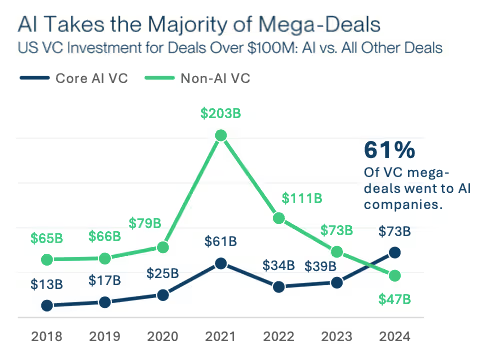
Quantum Computing: The Next Frontier
While AI has dominated recent headlines, quantum computing is quietly making significant breakthroughs. 2025 is set to be a landmark year for quantum technology, with major advancements in scalable error correction and establishing long-lived logical qubits.
- Notably, Google’s 105-qubit Willow chip recently completed a benchmark computation in under five minutes—a task that would take a traditional supercomputer 10 septillion years to solve.
- High-availability, commercial quantum computing remains some years away from mainstream use, however Hartmut Neven (Founder of the Google Quantum Artificial Intelligence lab) in an interview about Willow said that early commercial applications may only be 5 years away.
- Progress in quantum computing, amplifies concerns this year around risks to traditional encryption methods. Today’s encryption standards are potentially vulnerable to quantum-powered decryption, pushing industries to adopt quantum-safe methods and approaches.
Strategic takeaway for enterprises: Don’t assume quantum computation is too distant to be impactful. Once risks have been mitigated, consider the opportunities to solve problems currently beyond the reach of classical computers.
The Expansion of AR, XR and AI-Powered Smart Glasses
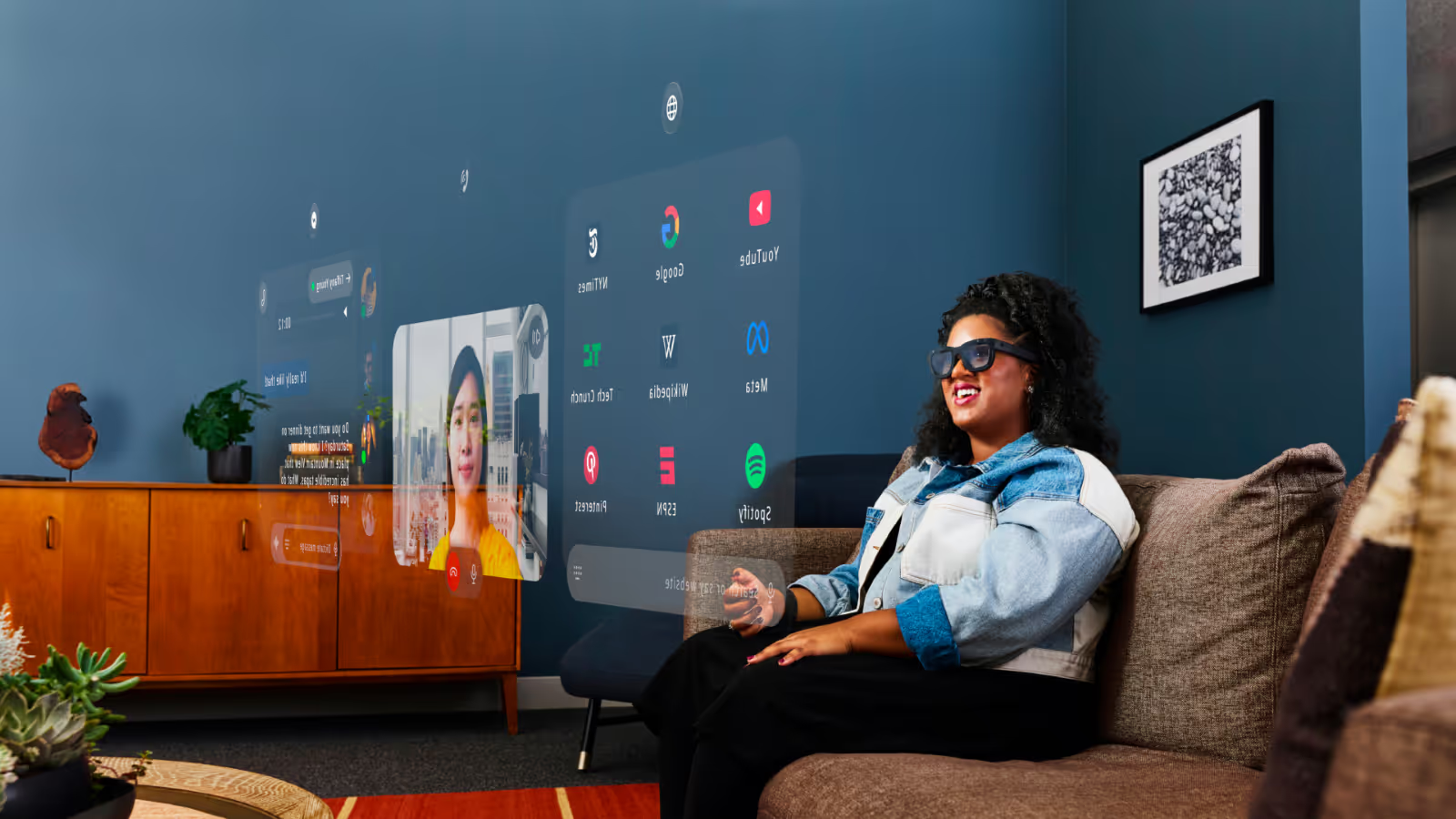
After years of anticipation, augmented reality (AR) and extended reality (XR) are finally reaching an inflexion point, driven by both technological advancements and a maturing ecosystem. The convergence of AI, hardware improvements and enterprise adoption suggests that AR/XR will shift from niche applications to mainstream adoption faster than previously expected.
- Affordable consumer AR/XR devices are making the technology more accessible.
- Everything we know about AI developments in multi-modal AI and ‘on-device processing’ is shaping up to transform AR/XR & smart glasses into intelligent, context-aware devices.
- Enterprise applications of AR/XR are expanding, with partnerships such as Sony-Siemens mixed-reality solutions aiming to revolutionise engineering, training and collaboration.
- While Meta’s Orion AR glasses remain in development, with an existing and mature ecosystem of devices and intelligent peripherals we think Apple’s potential next steps in consumer AR may come quicker and be more impactful than some might think.
Why it matters: The race between Meta, Apple and other competitors will drive the pace of adoption, with enterprise demand and AI advancements acting as key forces in transforming industries such as healthcare, real estate, industrial training, and entertainment.
Sustainability: A Strategic Imperative
The sustainable technology market is experiencing unprecedented growth, driven by several compelling factors:
- Economic Incentives: Research conducted by McKinsey indicates that well-executed environmental, social and governance (ESG) strategies can enhance operating profits by up to 60%.
- Shifting Consumer Expectations: Sustainability is no longer a niche concern research suggests a high proportion of global consumers are willing to change their consumption habits to reduce their environmental impact. This shift is particularly pronounced among millennials and Generation Z, whose preferences are reshaping market demand.
- Breakthrough Innovations: Investment in solar PV now surpasses all other generation technologies combined. Advances in renewable energy, such as perovskite solar cells and solid-state batteries, are signalling great improvements in energy storage and generation capabilities.
- Regulatory Momentum: Governments and international bodies are tightening sustainability regulations, compelling implementing businesses to adapt or risk falling behind.
Trend to watch: Green coding - the practice of developing software with minimal environmental impact. By optimising programming efficiency, leveraging caching and ‘in memory’ strategies and eliminating redundant or dead code, green coding reduces computational power usage and lowers CO₂ emissions. As sustainability becomes a key differentiator, businesses will increasingly prioritise developer teams that embed eco-conscious principles into their software architecture.
Small Modular Nuclear Reactors and the Future of Clean Energy
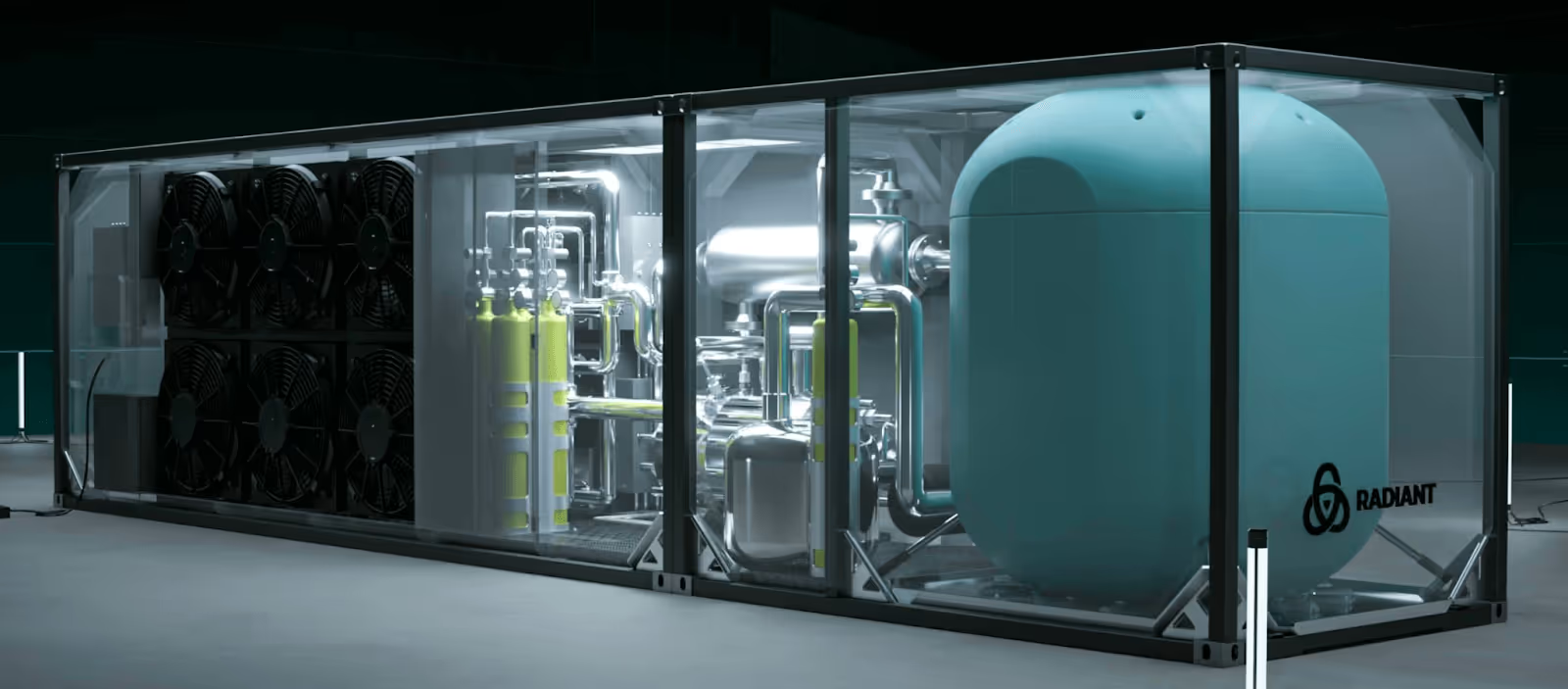
With AI driving unprecedented energy demand, sustainable power solutions are critical. Small Modular Reactors (SMRs) are emerging as a viable clean energy option for data centres and industrial applications.
- Andreessen Horowitz (A16Z) and other VC firms are investing in nuclear start-ups, signalling confidence in next-gen sustainable energy solutions.
- Tech companies and Governments are already taking action to support the development of and plan to utilise SMRs as part of strategies to fulfil growing demands for power.
Why it matters: The fusion of AI, sustainability, and next-gen energy sources will define the future of digital infrastructure. As energy efficiency becomes a critical competitive factor, industries and governments that integrate innovative power solutions like SMRs will lead the next wave of technological evolution.
Robotics, Automation and the Future of Work
AI’s influence in robotics is evolving well beyond factory automation. In 2025, robots will become more adaptive, versatile and capable of working in complex environments.
- Polyfunctional robots will handle multiple tasks, switching between activities seamlessly.
- Autonomous ride-hailing services such as Waymo are expanding operations in 2025, proving that “robotaxis” are making steps into the mainstream.
- Autonomous trucking (e.g., Kodiak’s hub-to-hub model) is revolutionising long-haul logistics, improving efficiency and reducing operational costs.
What’s next: Breakthroughs in AI, sensor technology and regulations will drive mass adoption of autonomous systems across transportation, logistics and industrial sectors.
A Shift from Investments in Dual Use to Defence Tech
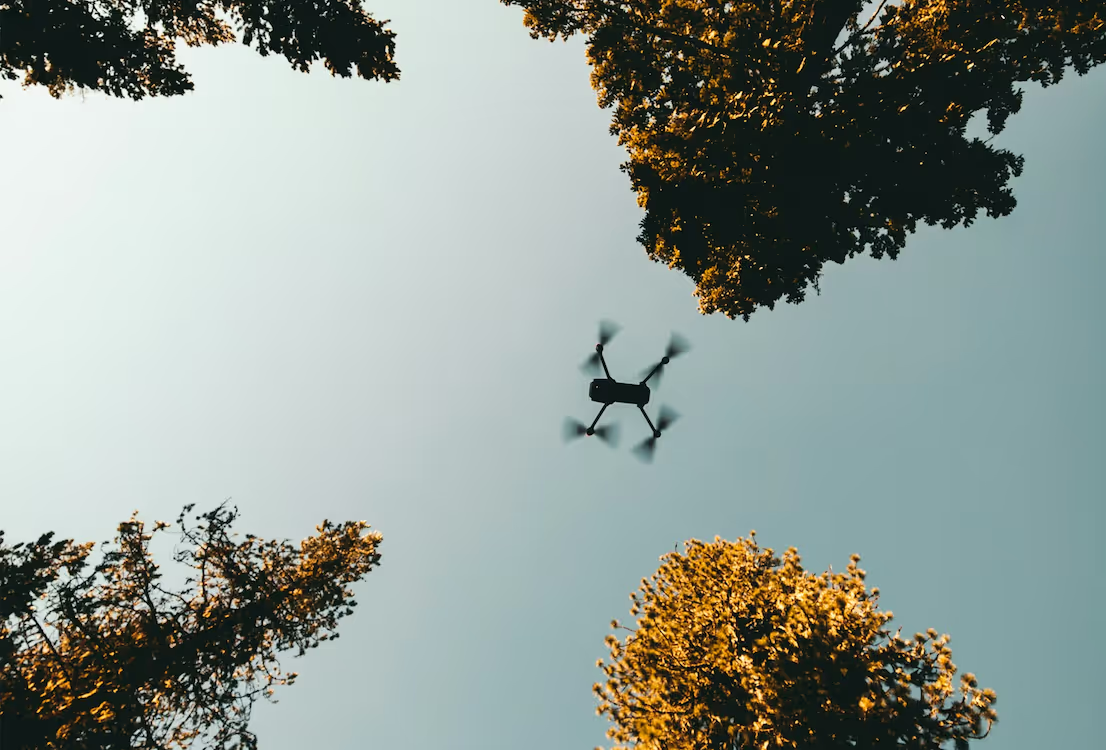
Investor sentiment toward defence technology is shifting, driven by advancements in AI robotics and autonomy that are redefining modern warfare. Yet, these innovations extend far beyond the battlefield, with significant civilian and industrial applications.
- The growing convergence of technologies, often underpinned by software, continues to create avenues for dual-use solutions –systems initially developed for military purposes that seamlessly transition into commercial industries.
- The battlefield is becoming a proving ground for innovation, where breakthroughs in autonomy, command and control and human-machine teaming are laying the groundwork for broader adoption in civil and industrial environments.
Outlook: AI-driven defence and security applications will continue to evolve, influencing areas such as disaster response, critical infrastructure protection and public safety.
Final Thoughts: Preparing for 2025
Don’t blink! It’s a cliché, but the current pace of technological change is the slowest it is going to be from here on. It’s now or never for many organisations. Don’t get left behind. From agentic AI to quantum computation, the next wave of innovation is already unfolding.
Become part of our Innovation Programme and let us navigate the future with you.
Authored by Ben Parish, Head of Innovation.
If you enjoyed this blog post, explore these related topics from Ntegra's Blog Hub for deep insights, industry trends, and thought leadership. Our curated content navigates the ever-evolving landscape of technology, innovation, and business strategy.
Navigating AI Transformation: Lessons from Industry Leaders in 2025
Agentic AI: The Future of Workflow Efficiency and Autonomous Systems
Enhancing AI with Precision: The Evolution and Impact of Retrieval-Augmented Generation
Building an AI-Ready Organisation: Insights from March Roundtable
Understanding AI-Powered Virtual Assistants: Building, Benefits, Risks and Selection
Ntegra's Innovation and Technology Predictions for 2024
USRT 2018 – The Future Of AI – Jim Spohrer
Digital Transformation: Turning Artificial Intelligence Investment into Lasting Competitive Edge

